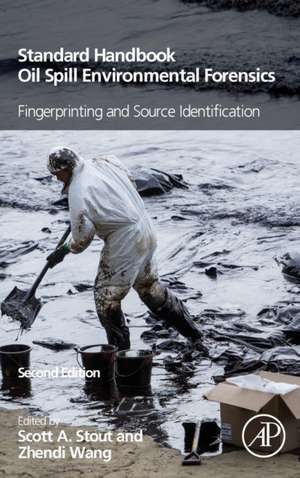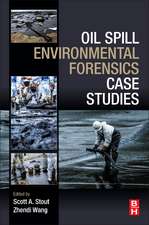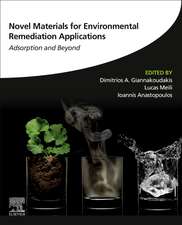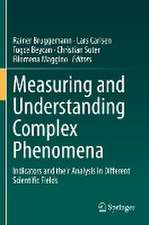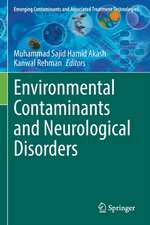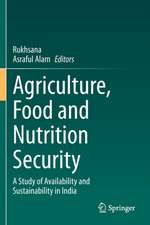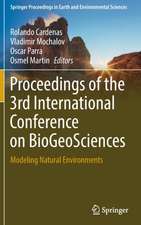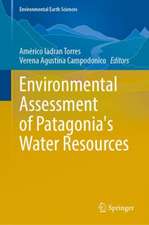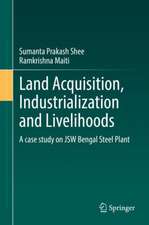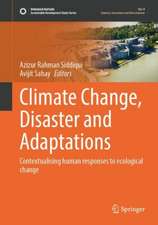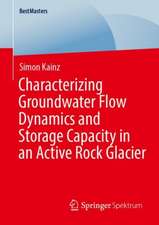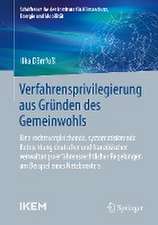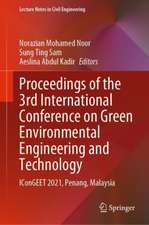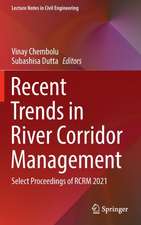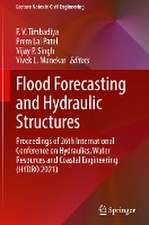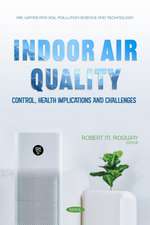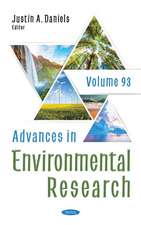Standard Handbook Oil Spill Environmental Forensics: Fingerprinting and Source Identification
Autor Scott Stout, Zhendi Wangen Limba Engleză Hardback – 16 feb 2016
The book presents practitioners with the latest environmental forensics techniques and best practices for quickly identifying the sources of spills, how to form an effective response, and how to determine liability. This second edition represents a complete overhaul of the existing chapters, and includes 13 new chapters on methods and applications, such as emerging application of PAHi isomers in oil spill forensics, development and application of computerized oil spill identification (COSI), and fingerprinting of oil in biological and passive sampling devices.
- Contains 13 new chapters on methods and applications, including emerging application of PAH isomers in oil drill forensics, the development and application of computerized oil spill identification (COSI), and the fingerprinting of oil in biological and passive sampling devices
- Presents the latest technology and methods in biodegradation of oil hydrocarbons and its implications for source identification, surface trajectory modeling of marine oil spills, and identification of hydrocarbons in biological samples for source determination
- Contains new case studies to illustrate key applications, methods, and techniques
Preț: 1160.34 lei
Preț vechi: 1275.11 lei
-9% Nou
Puncte Express: 1741
Preț estimativ în valută:
222.06€ • 241.12$ • 186.53£
222.06€ • 241.12$ • 186.53£
Carte tipărită la comandă
Livrare economică 15-29 aprilie
Preluare comenzi: 021 569.72.76
Specificații
ISBN-13: 9780128096598
ISBN-10: 0128096594
Pagini: 1142
Dimensiuni: 152 x 229 x 58 mm
Greutate: 1.92 kg
Ediția:2
Editura: ELSEVIER SCIENCE
ISBN-10: 0128096594
Pagini: 1142
Dimensiuni: 152 x 229 x 58 mm
Greutate: 1.92 kg
Ediția:2
Editura: ELSEVIER SCIENCE
Public țintă
Environmental Engineers Marine Engineers, Petroleum Engineers and Environmental ScientistsCuprins
1. Spill Site Characterization in Environmental Forensic Investigations2. Sampling Procedures for Securing Evidence for Waterborne Oil Spill Identifications3. Chemical Fingerprinting Methods and Factors Affecting Petroleum Fingerprints in the Environment4. Petroleum Biomarker Fingerprinting for Oil Spill Characterization and Source Identification5. Polycyclic Aromatic Hydrocarbon Homolog and Isomer Fingerprinting6. Polycyclic Aromatic Sulfur Heterocycles as Source Diagnostic of Petroleum Pollutants in the Marine Environment7. Forensic Studies of Naphthenic Acids Fraction Compounds in Oil Sands Environmental Samples and Crude Oil8. Applications of Comprehensive Two-Dimensional Gas Chromatography (GC×GC) in Studying the Source, Transport, and Fate of Petroleum Hydrocarbons in the Environment9. Oil Fingerprinting Analysis using Gas Chromatography-Quadrupole Time-of-Flight (GC-QTOF) 10. Application of Isotopic Compositions in Fugitive Petroleum Product Identification and Correlation11. Chemical Fingerprinting of Gasoline and Distillate Fuels12. Forensic Fingerprinting of Biodiesel and Its Blends with Petroleum Oil13. Chemical Character of Marine Heavy Fuel Oils and Lubricants14. CEN Methodology for Oil Spill Identification15. Development and Application of On-Line Computerized Oil Spill Identification – COSIWeb16. A Multivariate Approach to Oil Hydrocarbon Fingerprinting and Spill Source Identification17. Advantages of Quantitative Chemical Fingerprinting in Oil Spill Identification and Allocation of Mixed Hydrocarbon Contaminants 18. Statistical Analysis of Oil Spill Chemical Composition Data19. Biodegradation of Oil Hydrocarbons and Its Implications for Source Identification20. Photochemical Effects on Oil Spill Fingerprinting21. Oil Spill Remote Sensing: A Forensics Approach22. Water Column Sampling for Forensics 23. Forensic Trajectory Modeling of Marine Oil Spills24. Identification of Hydrocarbons in Biological Samples for Source Determination
